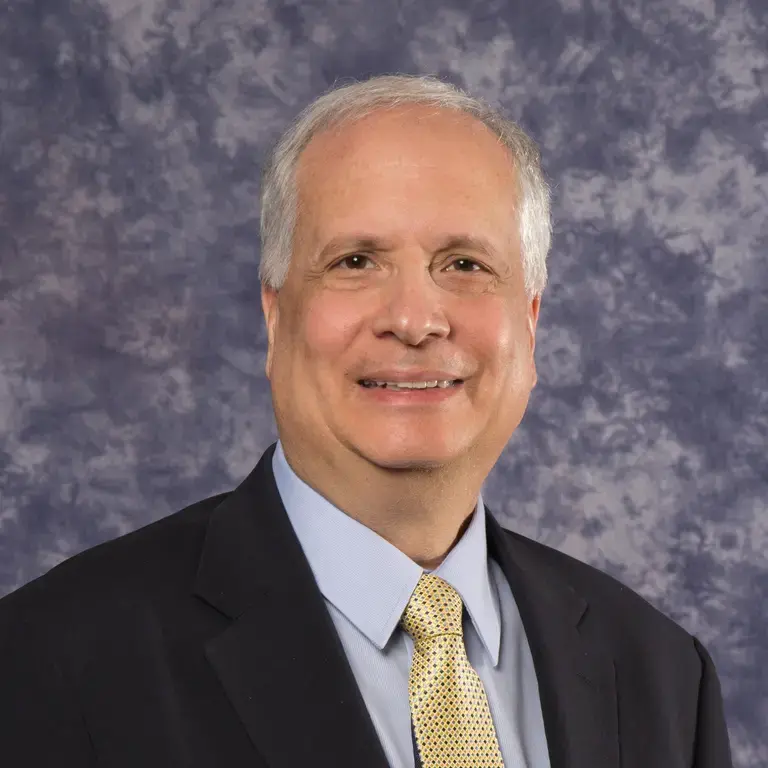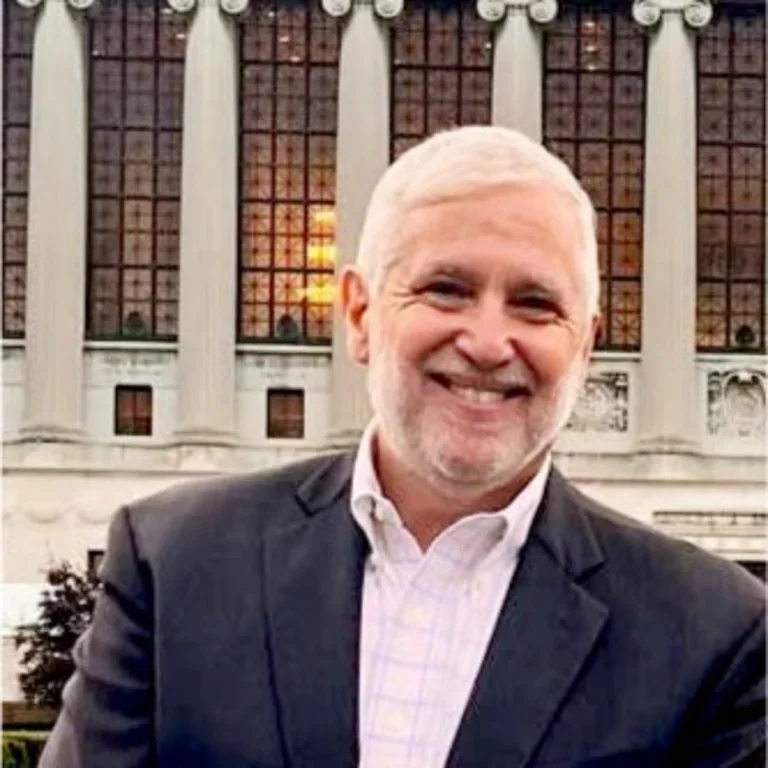Co-authors Edward J. Hoffman (Lecturer of Information and Knowledge Strategy) and Steve Safier (Lecturer of Human Capital Management) understand how much change the COVID-19 pandemic has brought. However, they see these changes as an opportunity to examine the ways we network with one another.
In Mark Twain's 1876 classic, The Adventures of Tom Sawyer, we read about an episode where Tom and his friends run away to play pirates, leaving his community to think that they have drowned. Tom later returns to his village to witness his family speaking about him after he has died.
As morbid as this seems, I think that many of us wonder what people will say about us when we're gone. In fact, the ability to detach from situations and examine how they turned out can be a deep learning experience — whether in the case of "project reviews," as in the corporate setting, in "case reviews" in a hospital, or, as Tom Sawyer did, when we look back and consider how we have dealt with life around us and how it has dealt with us.
As morbid as this seems, I think that many of us wonder what people will say about us when we're gone."
We believe that COVID-19 affords us such a "look back" opportunity. When the pandemic hit, each of us was forced to deal with the world differently. In the case of our work relationships, we suddenly found ourselves interacting remotely, not just via email and phone as had been the case for years, but with video connections now taking the place of live interaction. In some ways, while we were physically apart, people often became more accessible, either because they were open to — perhaps even needed — a new degree of relationship or, simply, because they were spending most of their work hours in front of a computer. If you are like us, you saw great possibilities in this new environment. We could build new relationships, or deepen existing ones, because we could connect more easily, more frequently and, in many ways, more openly...
… which brings us to today. Eight or so months into the pandemic, we suspect that our relationship network has solidified. That is, while we may have formed new relationships and deepened others, chances are that the people with whom we interact the most generally resemble the people with whom we interacted before COVID-19. In a sense, while there is still much unknown and, likely, more changes to come, much about our working relationships has also settled down.
Eight or so months into the pandemic, we suspect that our relationship network has solidified."
Our challenge, therefore, similar to Tom Sawyer’s, is what do we do with our new-found opportunity for learning? In fact, our current crisis provides a unique opportunity to reflect upon our network, and create enhancements.
First, we need to consider what is most important for us relative to our relationship network. Consider this an opportunity to conduct a network-critical assessment of our relationships. This is similar to managing mission-critical knowledge (Ihrig, M. & MacMillan, 2015) where organizations assess the vital priorities for future success. In our case, take the time to identify our current relationships. Who are the key people that we rely upon for our work? What capabilities do our current relationships provide deep expertise and connection? Are there areas of gaps or weakness in relation to our goals? Using this information will allow us to draw a visual map of our current relationship network. This can help us assess and respond to our strengths, weaknesses, threats, and opportunities; an interpersonal SWOT analysis if you will.
Consider this an opportunity to conduct a network-critical assessment of our relationships."
Second, we must consider our relationship network as a prime source of growth and learning. Curiosity may have killed the cat, but in a time of dynamic change, it is an essential leadership skill. Carol Dweck has written extensively on the importance of a growth mindset for individuals, teams, and organizations. The basic premise is that a growth-mindset is a strong belief that improvement comes from a commitment to continuous learning. A major component of such learning and growth is the need for a strong and growing relationship network. Learning comes from trust, collaboration, knowledge sharing. This can only start with people, and it can only stay vibrant with a vibrant and growing relationship network.
Learning comes from trust, collaboration, knowledge sharing. This can only start with people, and it can only stay vibrant with a vibrant and growing relationship network."
Third, there is the challenge of recognizing and accommodating the dynamic knowledge of our time. For the first time in history, ideas and knowledge are plentiful assets that are distributed and available from around the world. Economic prosperity and personal success is contained in access to the knowledge and intellectual assets. This has created what David Teece has labeled dynamic knowledge (Teece, 1998). It is at the core, the most important factor in a modern economy that thrives on ideas, technology, and collective intelligence. We cannot be satisfied. The demand for learning and knowledge is at the core of competitive advantage, and knowledge is a social engagement.
We suggest, therefore, that it is now time for each of us to put a little of Tom Sawyer's perspective to work for us. That is, detach from our networks, at least cognitively, and examine how we are interacting with others and they with us. What happened to those with whom we had hoped to connect more deeply? Have we succeeded in building new connections? Has our network indeed become stronger, as we had hoped, or have we fallen back into the same patterns experienced before? And, if so, do we still want to change them, and how?
Let's take a step back. It's one thing to be like Tom Sawyer and hope for adventure; it's quite another when we learn from those adventures and grow from them.
Bibliography
IHRIG, M., & MACMILLAN, I. (2015). Managing Your Mission-Critical Knowledge. Harvard Business Review, 93(1/2), 80–87.
Dweck, C. (2014). Talent: How Companies Can Profit from a “Growth Mindset.” Harvard Business Review, 92(11), 28–29.
Teece, D. (1998). Capturing Value from Knowledge Assets: The New Economy, Markets For Know-How, And Intangible Assets. California Management Review.
The views expressed are those of the authors and do not necessarily represent the views of any other person or entity.

